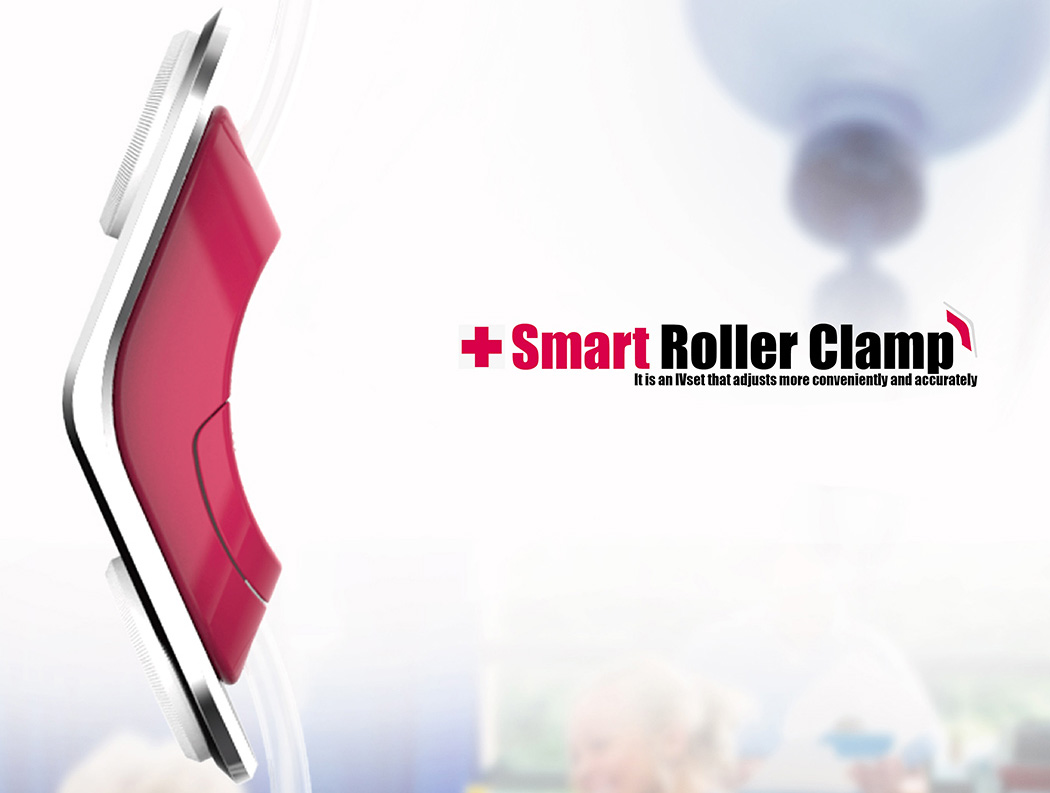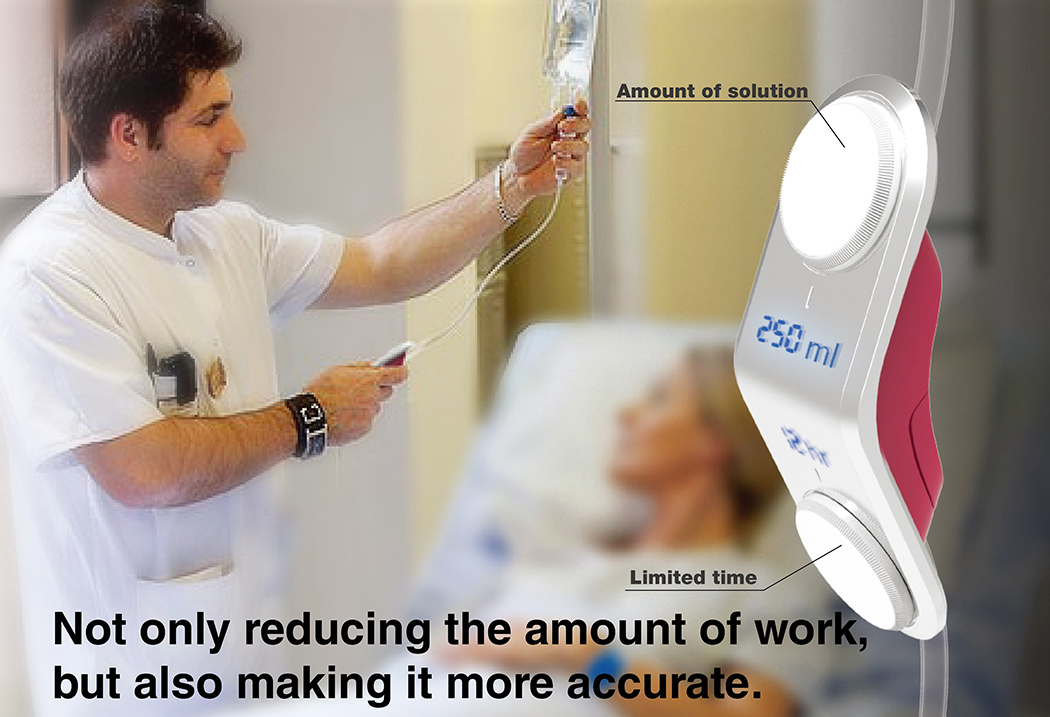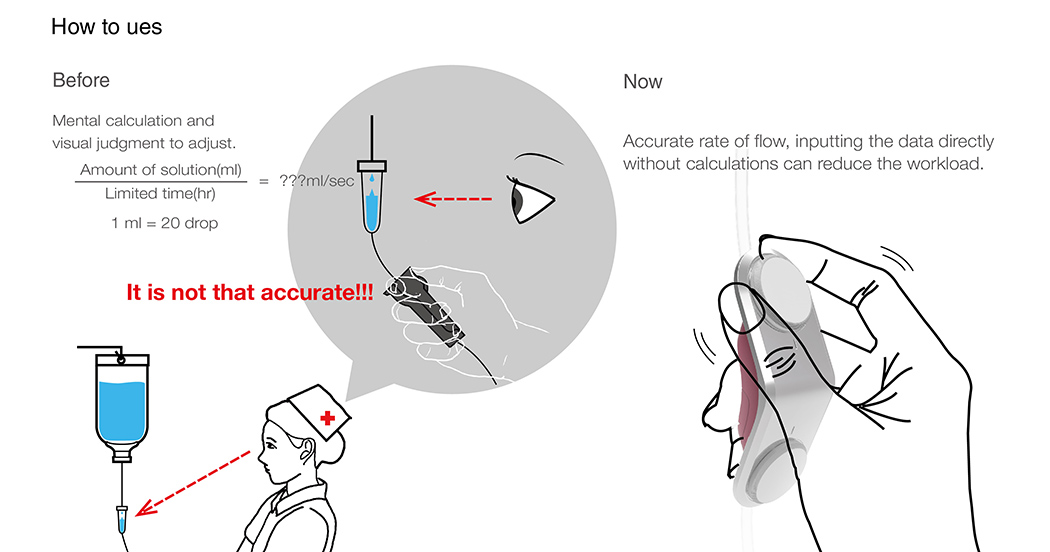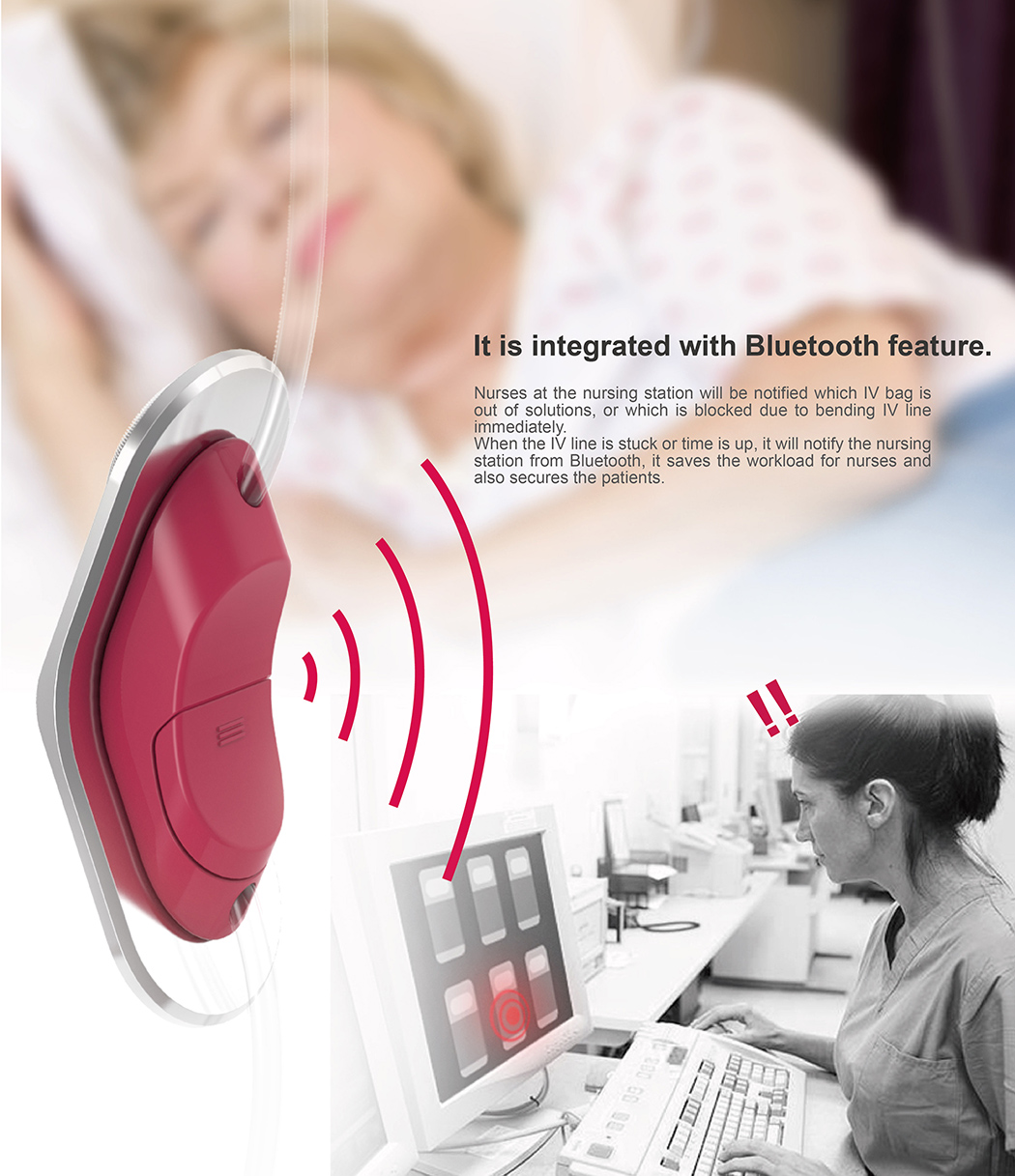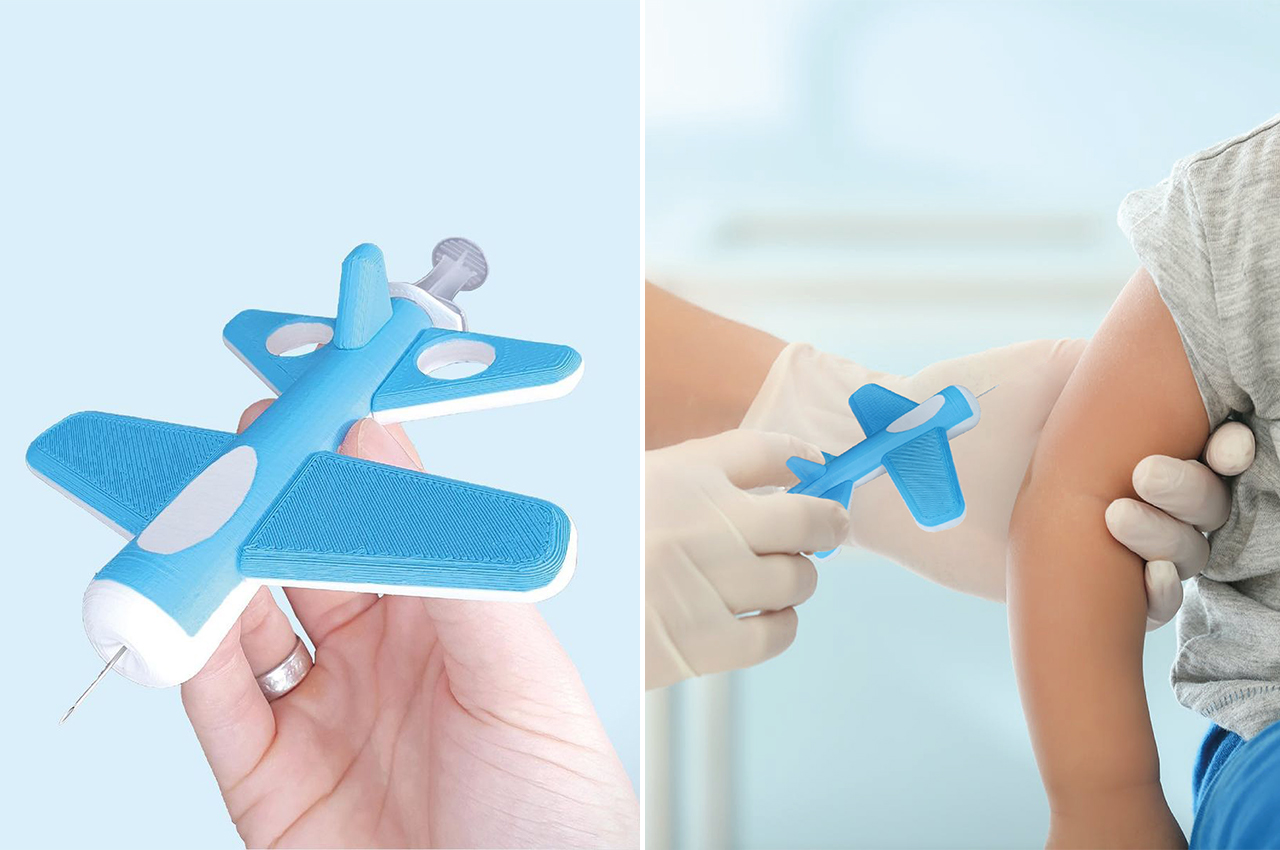
Needles can be scary and I am saying that as an adult, so I can only imagine the fear children must feel. Post the pandemic, there is no choice but to face the fear of needles if you want to stay safe. To make it easier for children to conquer their fears, designer James Dickson created playful needle covers that can help make the entire process of getting vaccinations less daunting.
The children’s needle covers aim to reduce the fear of vaccination by hiding the needle within a form that a child is familiar with. Playful forms such as a plane or butterfly are universal, simple, and engaging for children. The medical professional can simply slide the cover over the needle and proceed with the vaccination. This is not just something that is meant for use during the pandemic but can be a continued use to administer medication through needles whenever required. This could brighten the day for many children who are patients in hospitals and have to stay for a while or even generally for those in the pediatric ward. Needle covers like these make the experience and atmosphere a little less dreary in all clinics and hospitals.
“For the prototyping of the Children’s Needle Covers, I opted for 3D printing with spray paint applied to give the desired color. This is not a final product but a prototype to show the intended form, function, and aesthetics of the Needle Covers,” says Dickson. He started with hand sketches, then moved onto creating small cardboard prototypes, followed by digital 3D modelling. After the CAD was finalized the design was 3D printed and spray painted. Medical professionals can even offer the cover to the child to take back home as a memento and after safely disposing the syringe. I vote for Dickson to create Avengers-themed needle covers next!
Designer: James Dickson
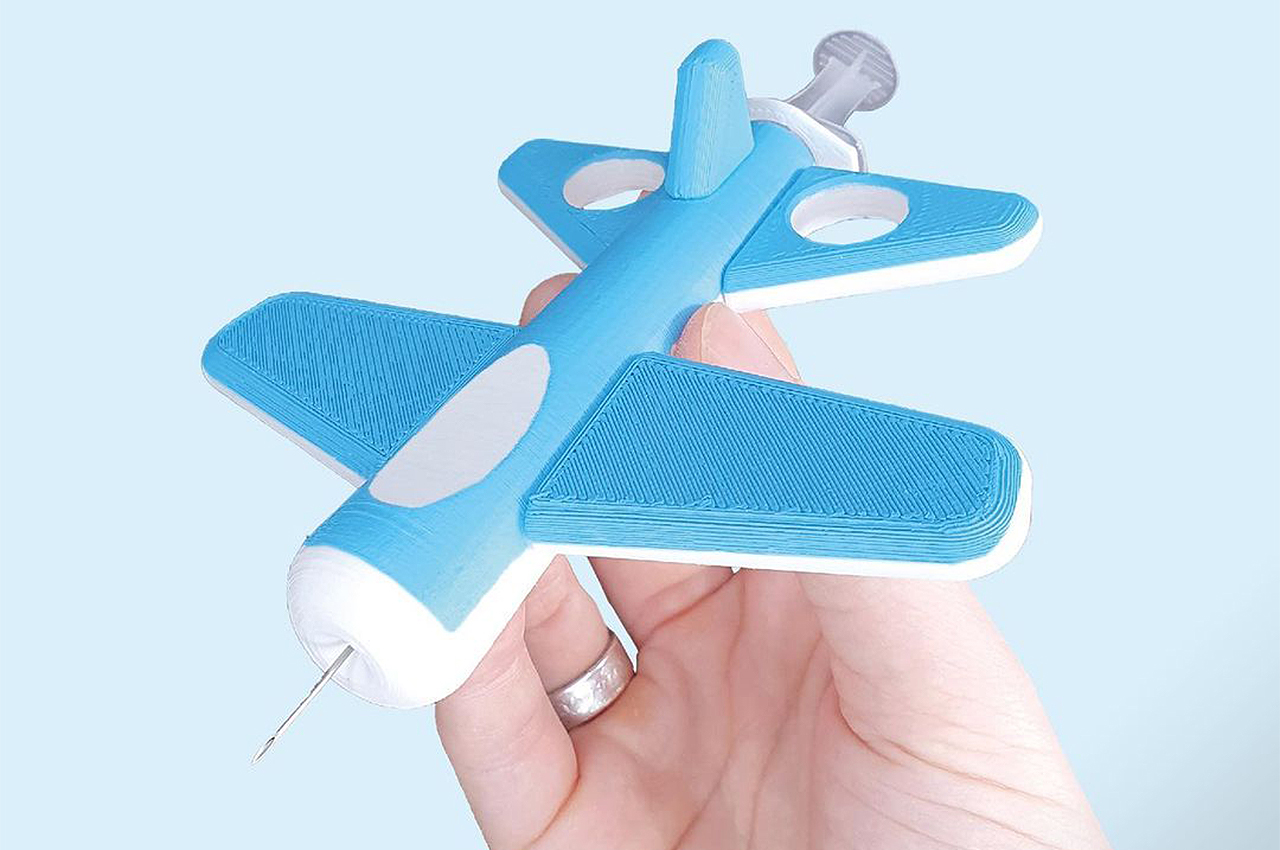


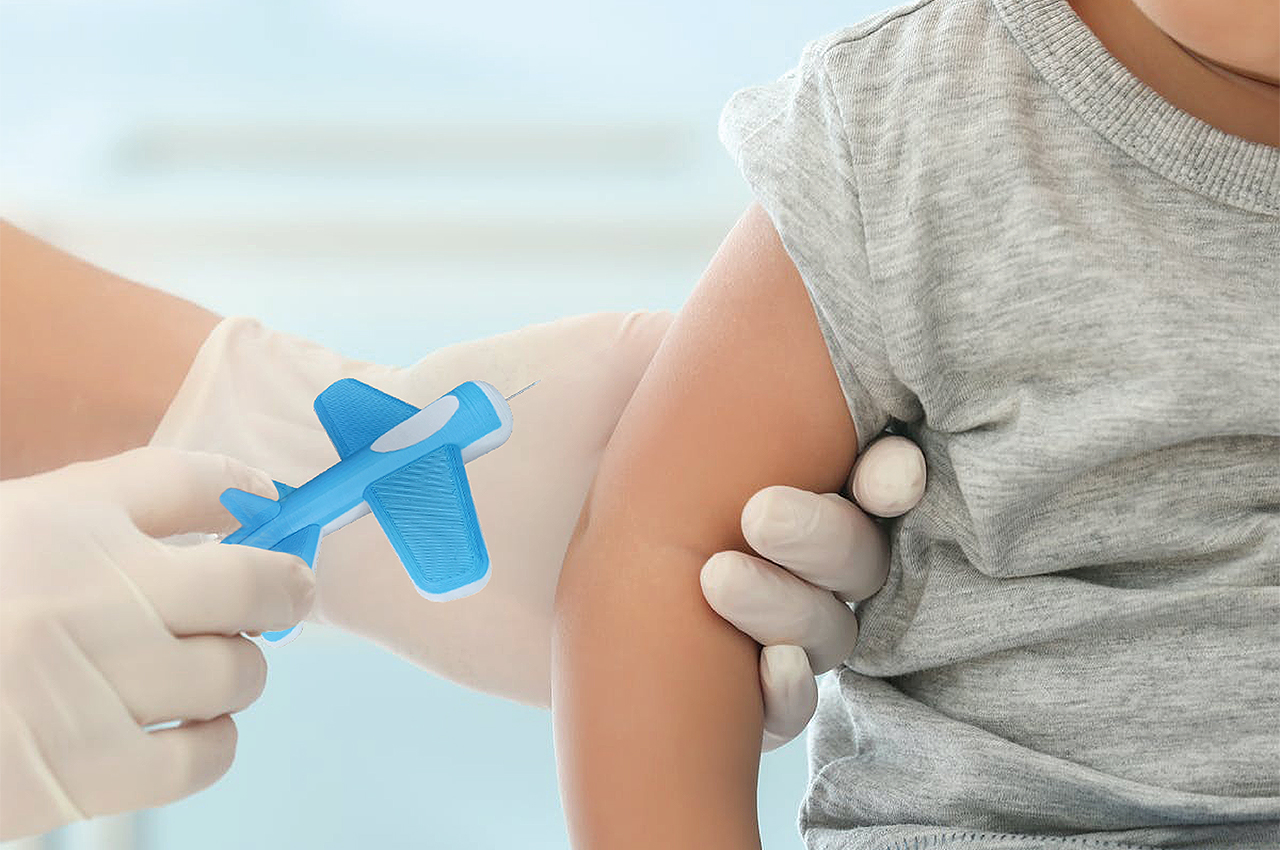
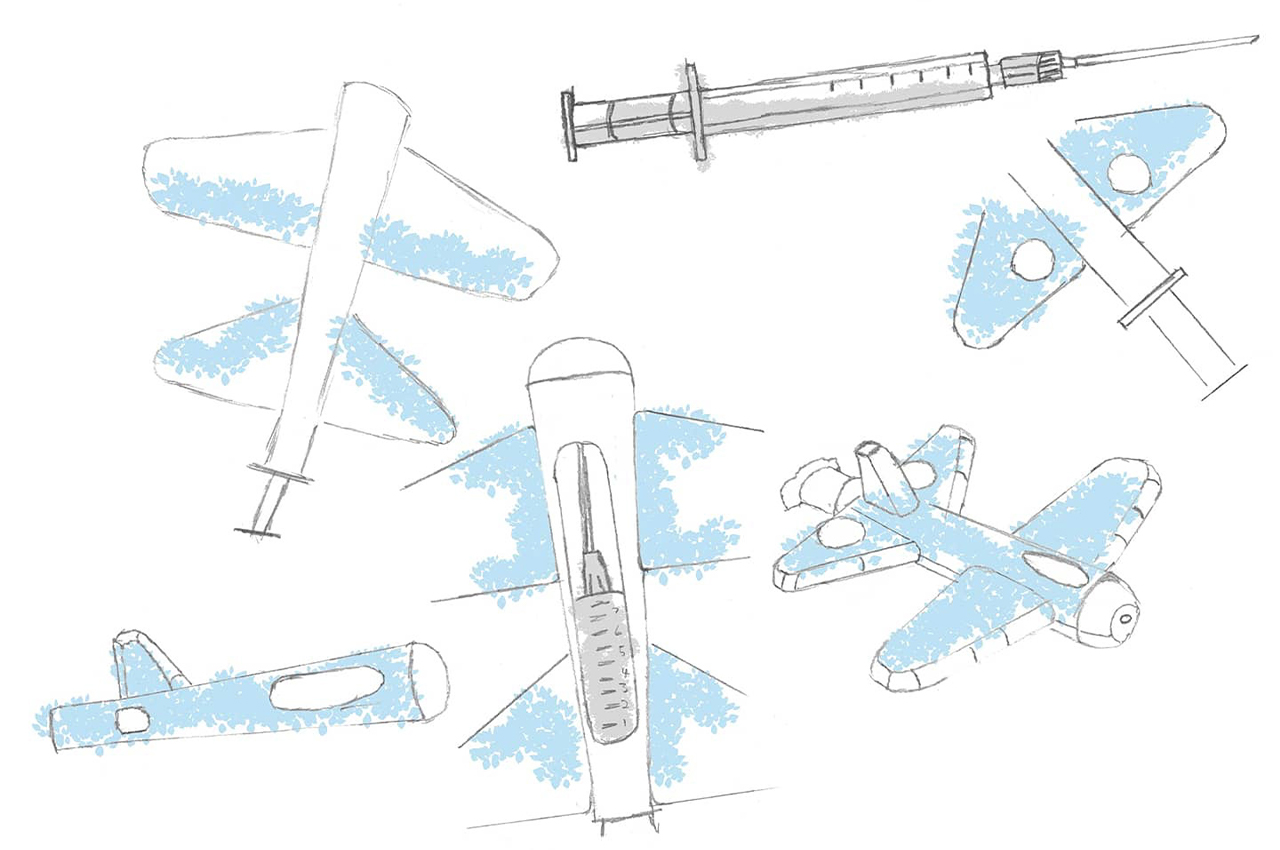
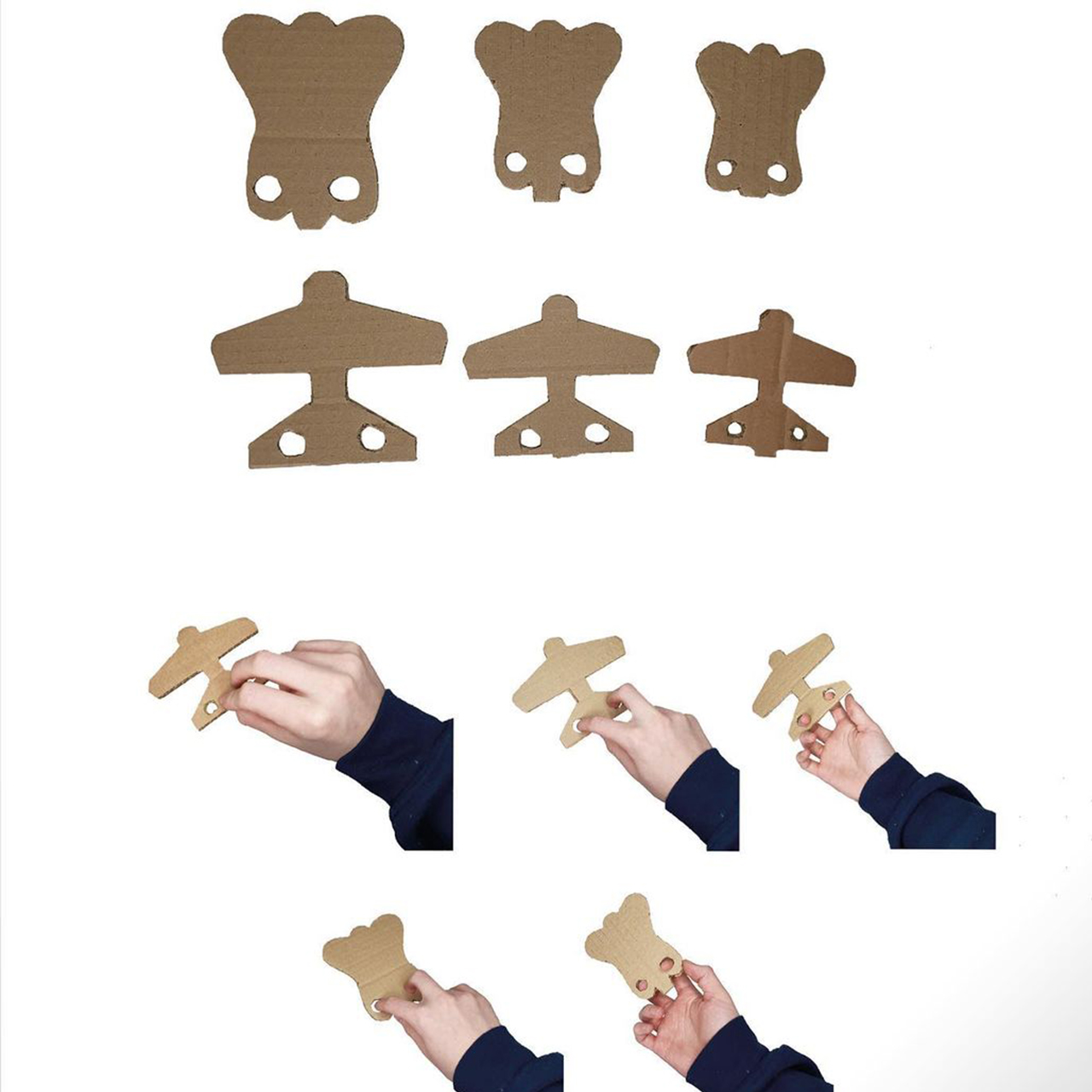
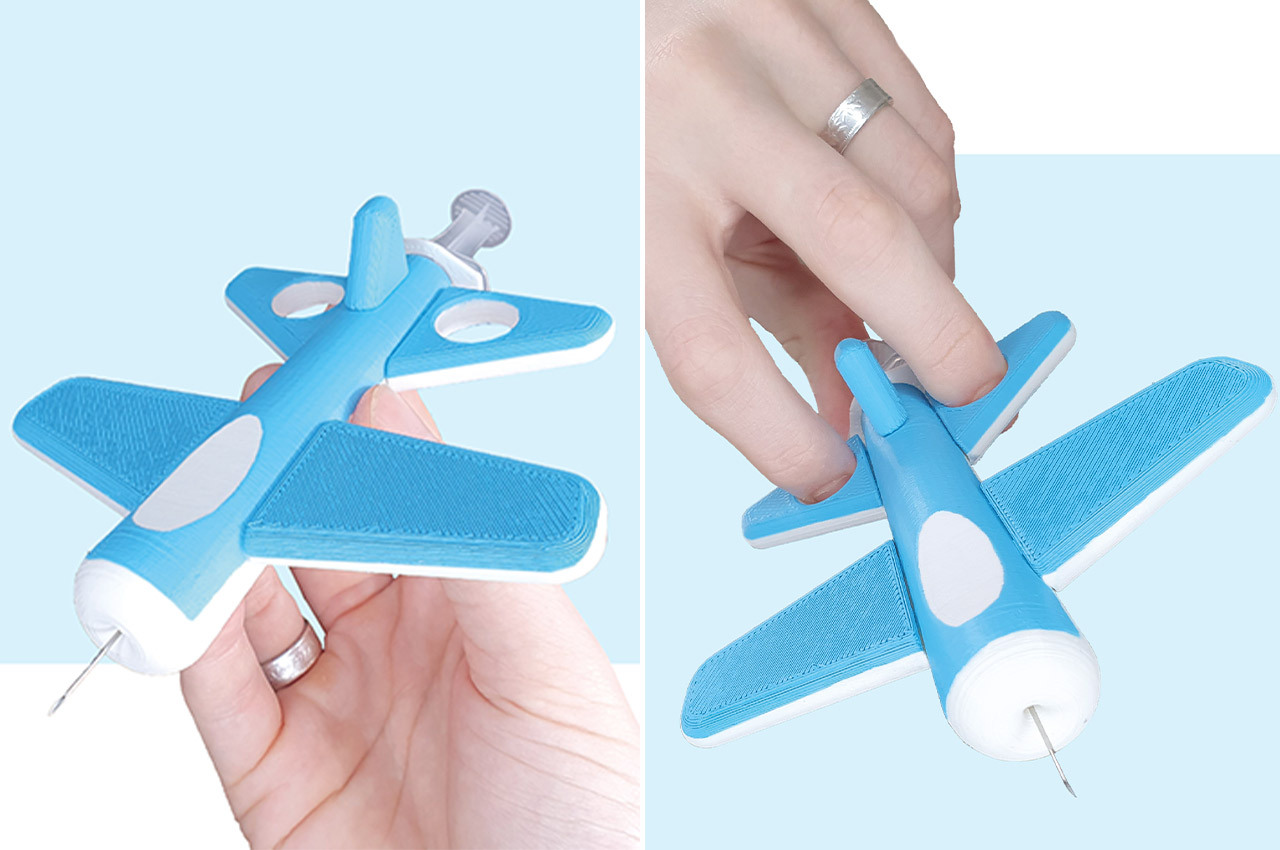
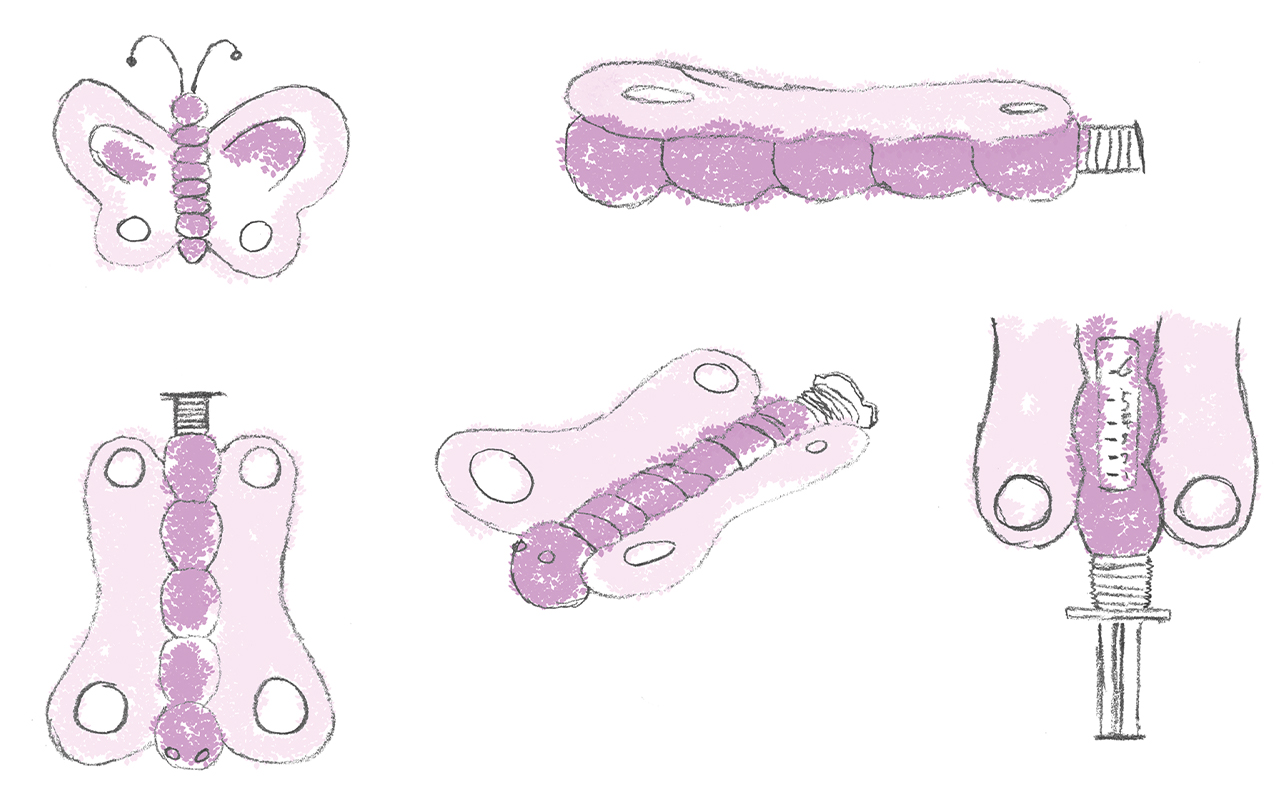
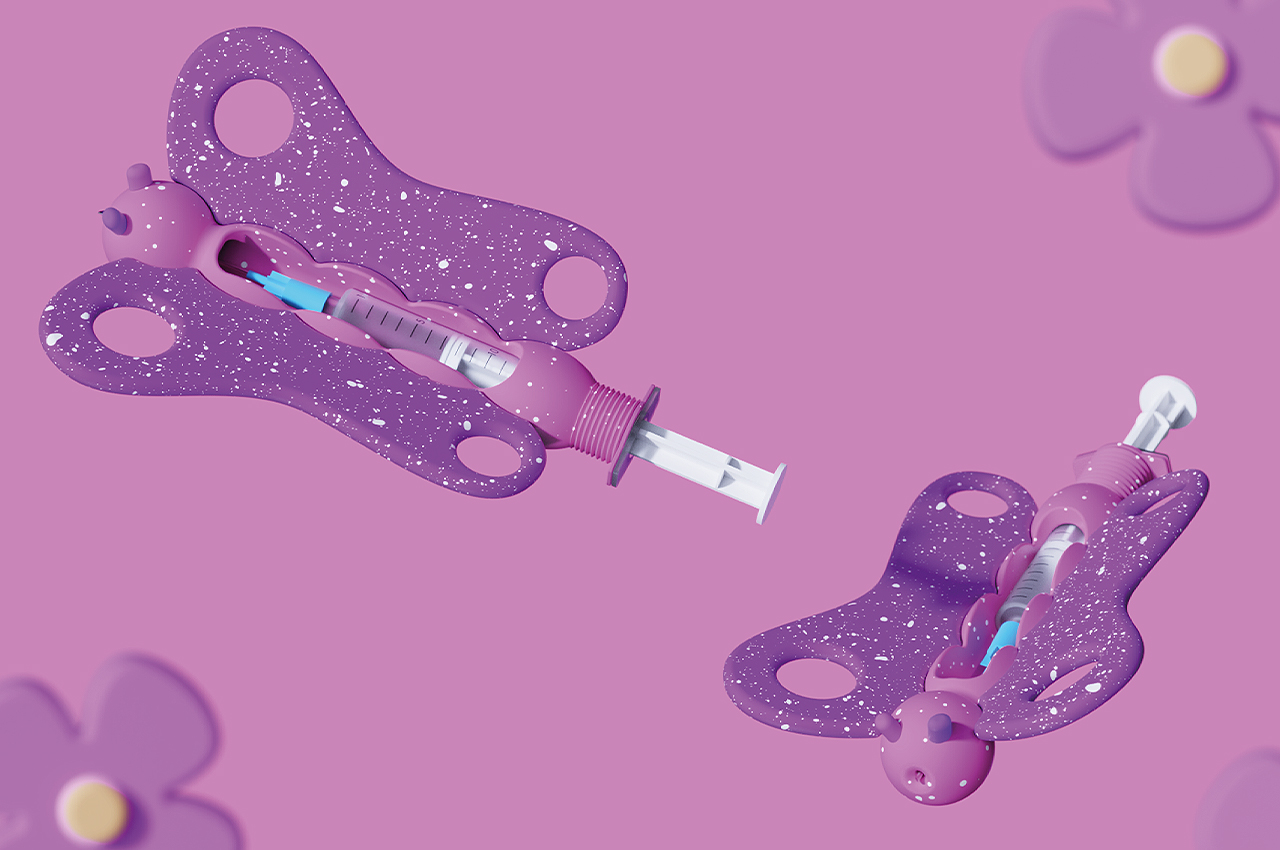

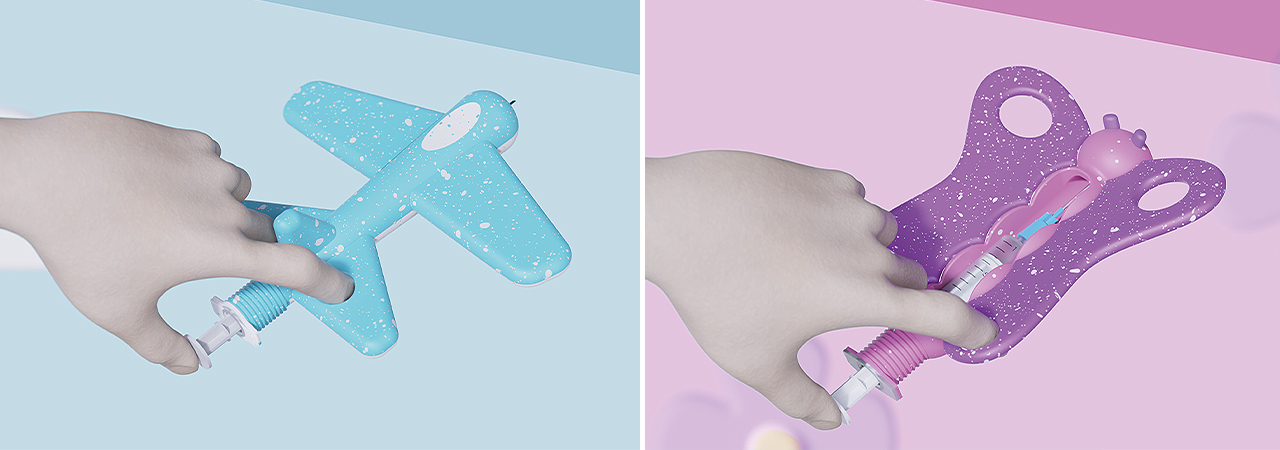
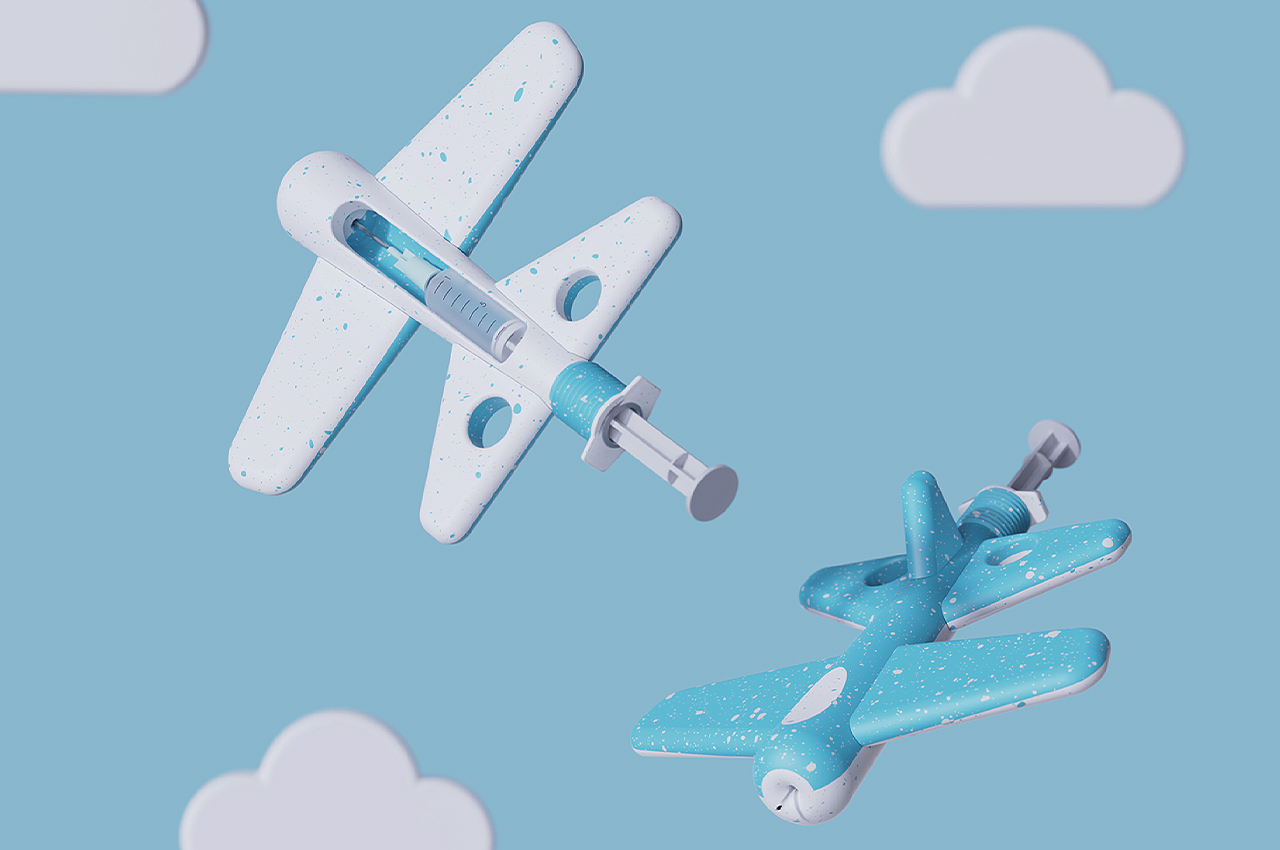
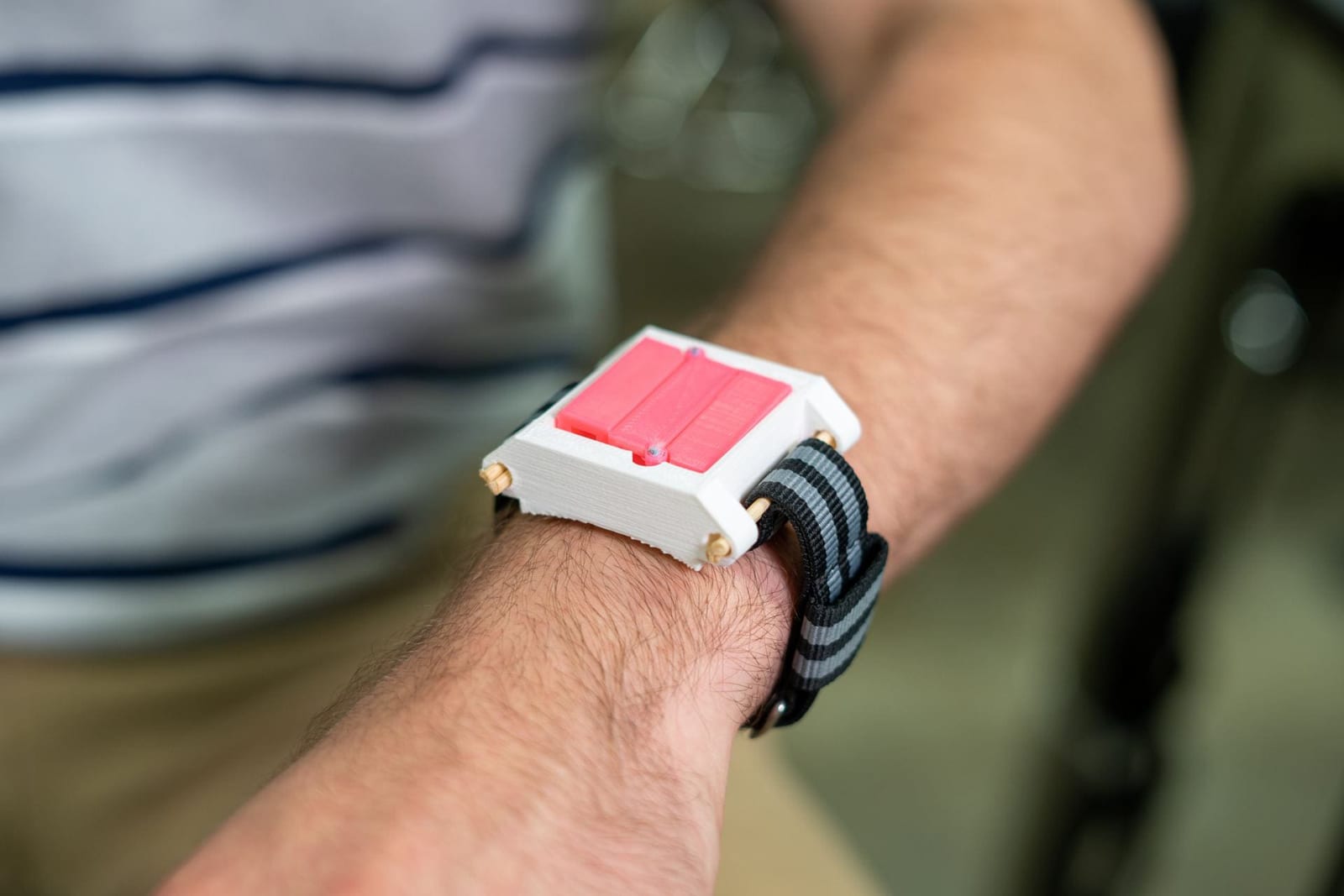 If you're prone to serious allergic reactions, carrying an epinephrine shot (such as an EpiPen) could be vital. Those shots are often bulky, though, and there's a real chance you could lose yours right before you need it. Students at Rice Universit...
If you're prone to serious allergic reactions, carrying an epinephrine shot (such as an EpiPen) could be vital. Those shots are often bulky, though, and there's a real chance you could lose yours right before you need it. Students at Rice Universit...















